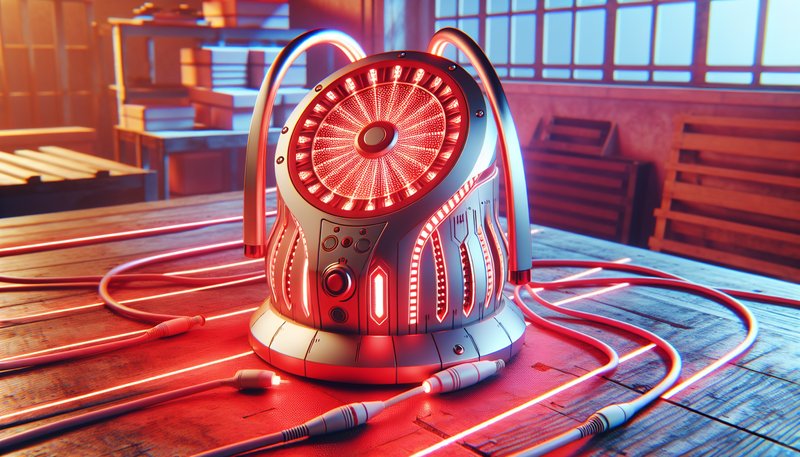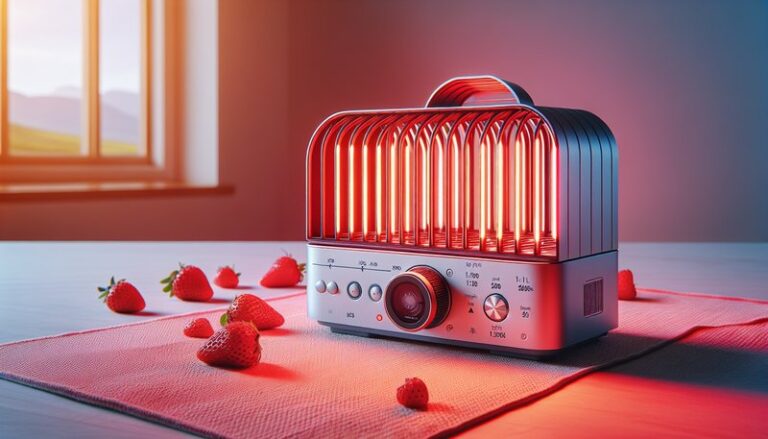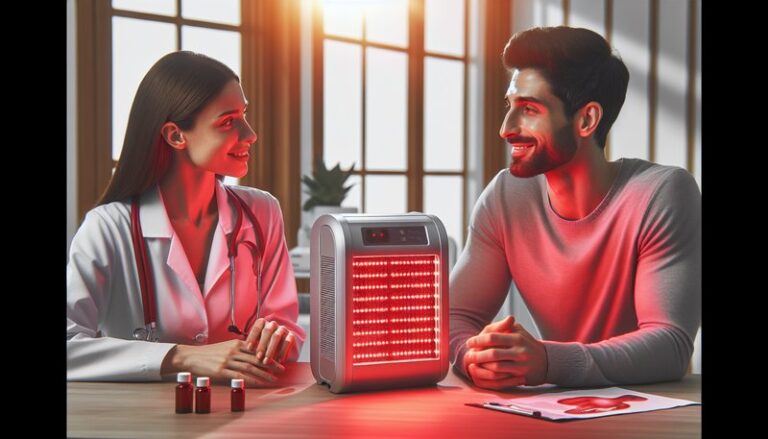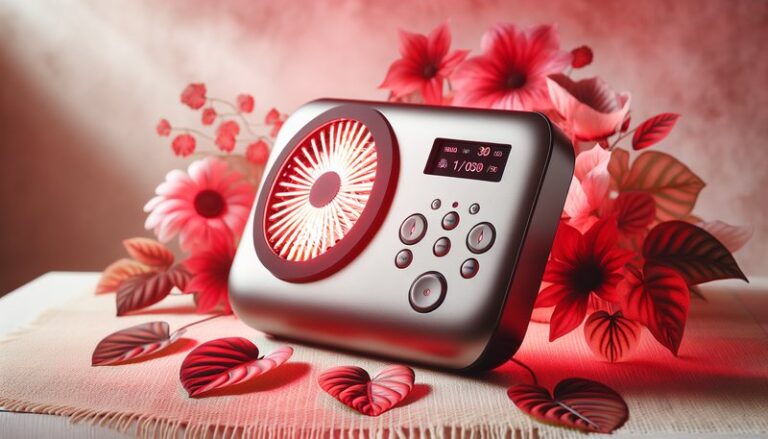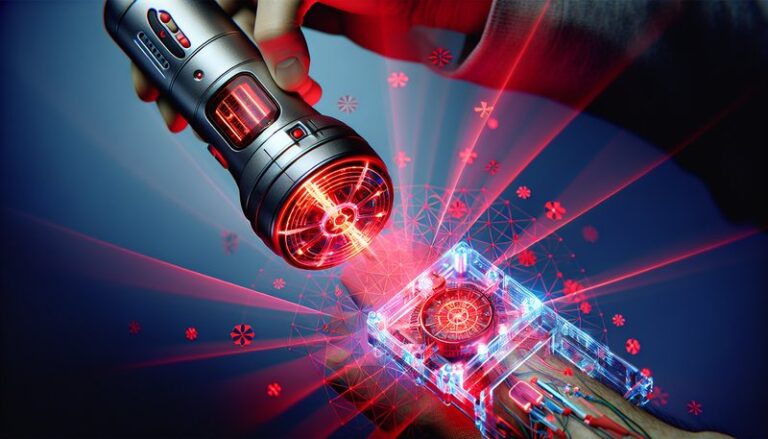Are All Red Light Therapy The Same?
Is red light therapy a one-size-fits-all solution, or does it come with variations that could impact its effectiveness?
In recent years, red light therapy has gained popularity for its potential health benefits, from reducing inflammation to promoting skin rejuvenation. However, not all red light therapy devices are created equal. This article delves into the differences among these devices, their respective benefits, and factors to consider before choosing one for your personal use.
Key Takeaways
- Red light therapy devices vary in wavelengths, intensities, and features, impacting their effectiveness.
- The benefits of red light therapy extend to pain relief, skin health, and enhanced recovery.
- Considerations such as safety, treatment duration, and intended use are crucial when selecting a red light therapy device.
What is Red Light Therapy?
Red light therapy (RLT) involves using specific wavelengths of light to stimulate cellular processes within the body. Typically, red and near-infrared light are utilized, which have the capability to penetrate the skin and promote healing at the cellular level. This non-invasive treatment has been studied for various applications, including skin rejuvenation, muscle recovery, and pain relief.
There are several types of devices designed for red light therapy, including handheld units, full-body panels, and wearable devices. Each type serves particular needs and user preferences, emphasizing the point that not all red light therapy devices are the same.
What are the Benefits of Red Light Therapy?
Red light therapy boasts a range of benefits, making it an appealing option for many individuals. The following points will explore these advantages in detail.
Enhanced Skin Health
One of the most popular benefits of red light therapy is its ability to improve skin complexion. RLT can stimulate collagen production, reduce wrinkles, and help in the treatment of conditions like acne and psoriasis. According to a study published in “Photomedicine and Laser Surgery,” participants reported visible improvements in skin elasticity after consistent use of red light therapy.
Pain Relief and Muscle Recovery
Athletes frequently turn to red light therapy to help with muscle soreness and joint pain. Research indicates that RLT can reduce inflammation and accelerate healing, making it a valuable tool for sports recovery. Treatments have been shown to enhance mitochondrial function, leading to increased energy production, which facilitates faster recovery times.
Mood and Sleep Improvement
The effects of red light therapy extend to mental health as well. Exposure to specific light wavelengths can help in regulating circadian rhythms, promoting better sleep quality. Furthermore, RLT may diminish symptoms of depression and anxiety by influencing brain chemistry, providing a holistic approach to mental well-being alongside physical health.
Accelerated Wound Healing
Red light therapy can significantly help in the healing of wounds and injuries. Studies have shown that RLT can enhance tissue repair by increasing circulation and promoting cell growth. This makes it an effective option for treating both acute and chronic wounds, especially for individuals with slow-healing conditions like diabetes.
Is it Possible to Choose the Best Red Light Therapy Device?
Choosing the best red light therapy device to meet your needs is critical, but it involves careful consideration of various factors. The capabilities and specifications of devices can significantly influence their effectiveness.
What are the Advantages of Selecting the Right Device?
Choosing the right device offers numerous advantages:
Quality of Treatment
Higher quality devices typically emit light at specific wavelengths proven effective for various conditions. This can enhance treatment results, leading to quicker and more sustained improvements.
User Convenience
Devices designed for ease of use, such as handheld units or wearable options, can make therapy sessions more convenient, enabling users to integrate RLT into their daily routines seamlessly.
Find out our perspective on “Can Red Light Therapy Induce Headaches?”
Cost-Effectiveness
Investing in a good quality device can prevent the need for frequent costly treatments in clinics, saving money in the long run while providing consistent at-home therapy.
What are the Disadvantages of Choosing the Wrong Device?
Several challenges can arise from selecting an inappropriate red light therapy device:
Ineffective Treatment
Choosing a device that does not emit the effective wavelengths can lead to minimal or no results, wasting time and money on an ineffective solution.
Safety Concerns
Low-quality or improperly designed devices may pose potential safety hazards, including damage to the skin or eyes. It’s essential to select devices that meet safety standards.
Limited Features
Some cheaper devices lack advanced features, such as timers or adjustable settings for the light density, limiting treatment flexibility and effectiveness.
What are the Things to Consider Before Choosing a Red Light Therapy Device?
Understanding critical factors before making a choice is essential for achieving favorable results from red light therapy.
Wavelength and Intensity
Look for devices that specifically mention their wavelengths (typically between 600 and 900 nanometers) and ensure the intensity is suited for your therapeutic needs.
Treatment Area and Size
Consider the size of the treatment area you wish to target. Some devices are portable; others cover larger body parts, impacting how you incorporate them into your regimen.
Cost and Warranty
Evaluate your budget while also considering the warranty and support provided by the manufacturer. Quality devices may come with a higher price tag but often offer better longevity and support.
User Instructions and Safety Features
Carefully review user instructions and any safety features implemented in the device. Ensure it aligns with your comfort and safety needs.
What are the Alternatives to Red Light Therapy?
While red light therapy is effective, there are alternative treatments for similar conditions worth considering.
Cold Laser Therapy
Cold laser therapy uses low-level lasers to reduce inflammation and pain, similar to RLT, but focuses on deeper tissue penetration and pain management.
LED Light Therapy
LED light therapy utilizes various colors of light to address different skin concerns, which can be particularly effective for acne treatment or to promote skin health through phototherapy.
Ultrasound Therapy
This treatment employs high-frequency sound waves that penetrate deeper tissues, often used in physical therapy to promote muscle recovery and pain relief.
Massage Therapy
While not a light-based approach, massage therapy is excellent for alleviating muscle tension, enhancing recovery, and improving circulation, offering basic benefits shared with red light therapy.
Conclusion: Is it Recommended to Choose the Right Red Light Therapy Device?
In summary, while red light therapy can deliver impressive health benefits, the variety of devices available means that not all are equally effective. Evaluating your needs, understanding device specifications, and considering alternatives will enhance your ability to make an informed decision about red light therapy.
Frequently Asked Questions
Do I need to wear protective eyewear during red light therapy?
Yes, wearing protective eyewear is recommended to safeguard your eyes, especially if the light is directed toward your face or eyes.
How long does a red light therapy session usually last?
Typical red light therapy sessions last between 10 to 30 minutes, depending on the treatment area and device used.
Can I use red light therapy every day?
Daily use is generally considered safe and effective. However, it is advisable to consult with a healthcare provider for personalized recommendations.
Are there any side effects associated with red light therapy?
Red light therapy is widely regarded as safe with minimal side effects, though some users may experience mild skin irritation or warmth in the treated area.
Explore further in Celluma Red Light Therapy?
